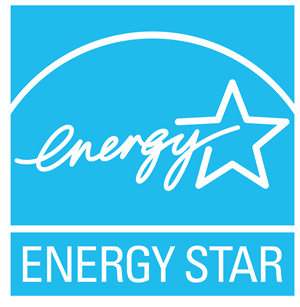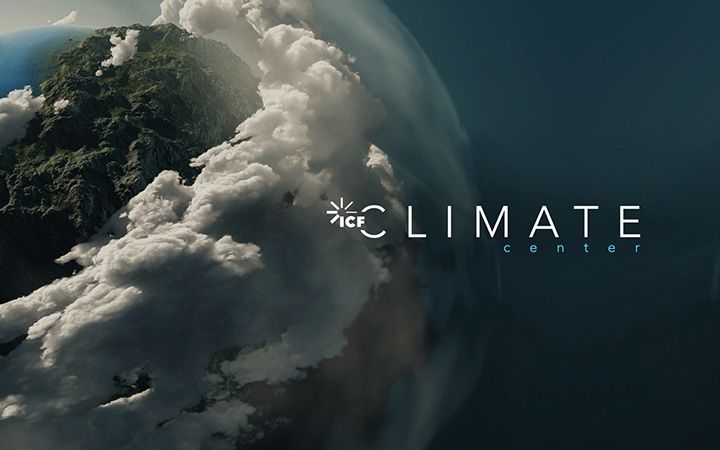
How EPA’s ENERGY STAR program made energy efficiency mainstream
The ENERGY STAR® label has become synonymous with cost savings and energy efficiency: 90% of American households recognize the ENERGY STAR brand.
ICF has been there every step of the way, supporting the U.S. Environmental Protection Agency (EPA) on this flagship voluntary climate and energy efficiency program since its inception—bringing proven experience in engineering, marketing, and program administration services for residential and industrial programs.

Challenge
How could the federal government make it easy for Americans to voluntarily save energy and reduce greenhouse gas emissions while also getting reliable performance out of their buildings, homes, and household items?
In 1991, EPA launched its first voluntary climate partnership program—Green Lights—to get companies to change to more energy-efficient lighting. Encouraged by the potential for significant energy impacts, EPA teamed up with ICF to expand the idea of a voluntary program to a host of categories beyond lighting.

“We appreciate the technical and analytical expertise that ICF has delivered over the past 30 years. They have helped us make the ENERGY STAR program a success.”
Jean Lupinacci
Director, Climate Protection Partnerships Division
U.S. Environmental Protection Agency
Solution
In 1992, the ENERGY STAR program was launched with its first label for office products such as computers and monitors.
Each product that earns the label is independently certified to deliver efficiency, performance, and savings to consumers. ICF provides ongoing support and best-in-class expertise in helping EPA implement this program.
The program expanded in 1995 to a certification for commercial buildings and new homes. The goal of the expanded ENERGY STAR program is to help consumers—including businesses and homebuyers—easily identify energy efficient buildings, homes, and products in the marketplace.
Over time, as product requirements become more rigorous and standard practices become more efficient, EPA modifies ENERGY STAR specifications to ensure that the label continues to represent a meaningful improvement over non-certified items.
Currently, approximately 70,000 product models have earned the ENERGY STAR product certification across a wide range of categories, including:
- Heating and cooling
- Appliances
- Water heaters
- Lighting
- Building products
- Office equipment
- Electronics
- Data centers
- Commercial food service equipment
Over 39,000 commercial buildings have earned the ENERGY STAR certification, along with over 2.3 million new homes and apartments. ICF continually works with EPA to stay up on the latest technologies and building science to increase energy efficiency in the home.
Most recently, ICF helped EPA develop the ENERGY STAR NextGen for new homes that includes construction best-practices for energy efficiency, energy efficient heat pumps and water heaters, induction cooktops and electric ovens, and electric vehicle charging capabilities.
Stakeholder engagement
When a new product is considered for inclusion in the program, EPA starts by assessing if it is technically and economically viable to produce energy savings. ICF provides a scoping study to see if it meets the parameters that EPA defines, such as the cost and the availability of the product.
In close coordination with EPA, ICF then engages directly with the manufacturers to get the ENERGY STAR label on their certified products. ICF also works with retailers and utilities to help promote the products so consumers know that they exist—including development of the language that is part of all ENERGY STAR signage.
This stakeholder engagement is part of the “secret sauce” to encourage broad adoption of this voluntary program—and, ultimately, to the market transformation resulting from the ENERGY STAR program.
Results
ENERGY STAR is the most trusted environmental label in the United States.
Thousands of industrial, commercial, utility, state, and local organizations—including nearly 40% of Fortune 500® companies—partner with EPA to deliver cost-saving energy efficiency solutions that protect the climate while improving air quality and protecting public health.
Over the lifetime of the program, every dollar EPA has spent on ENERGY STAR resulted in nearly $350 in energy cost savings for American business and households.
In 2020 alone, ENERGY STAR and its partners helped Americans save more than 520 billion kilowatt-hours of electricity and avoid $42 billion in energy costs.
“ICF is proud to partner with EPA on the ENERGY STAR program that consumers and businesses have come to rely on to save electricity, deliver cost-saving energy efficient solutions, and achieve significant greenhouse gas reductions.”
Paul Vrabel
Vice President, Energy Efficiency and Sustainability Programs
ICF
Related work
